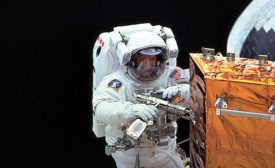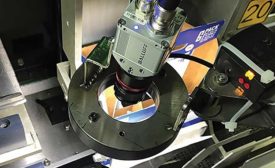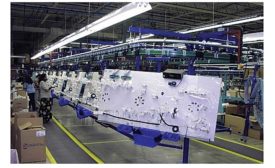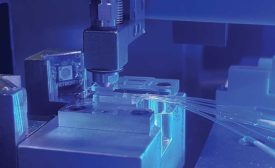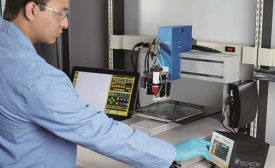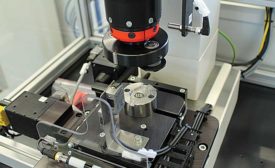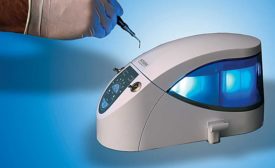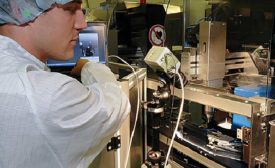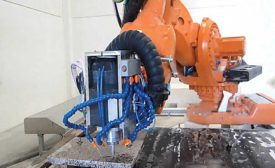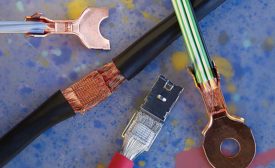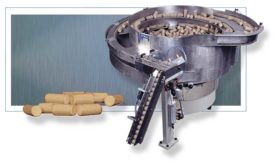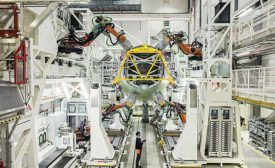Home » Publications » Assembly eMagazine
Assembly eMagazine
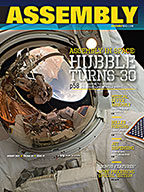
2020 January
Cover Story
Back to TopThe Hubble Space Telescope launched a new age of astronomy, but assembly snafus nearly created a techno turkey
Read More
Features
Back to TopMonitoring Activity During Wire Harness Assembly
New technology helps engineers gather real-time data on manual assembly processes, such as wire harness assembly.
January 14, 2020
Assembling Fiber Optics
Optical fiber is less finicky today, but it’s still challenging to attach
January 15, 2020
The Appeal of Piezo Jet Valve Dispensing
For applications requiring high speed and precision, cutting-edge piezo jet valve dispensing technology is the way to go
January 9, 2020
Roller Forming for Cylindrical Assemblies
The Roller Forming Process Forms a Curl or Lip on the Edge or Rim of a Hollow, Cylindrical Part
January 8, 2020
Best Practices for Transitioning from Design to Assembly in Medical Device Manufacturing
Design Transfer Can Ensure a Smooth Product Development Process
January 7, 2020
Columns
Back to TopNever miss the latest news and trends driving the manufacturing industry
Stay in the know on the latest assembly trends.
JOIN TODAY!Copyright ©2025. All Rights Reserved BNP Media.
Design, CMS, Hosting & Web Development :: ePublishing
